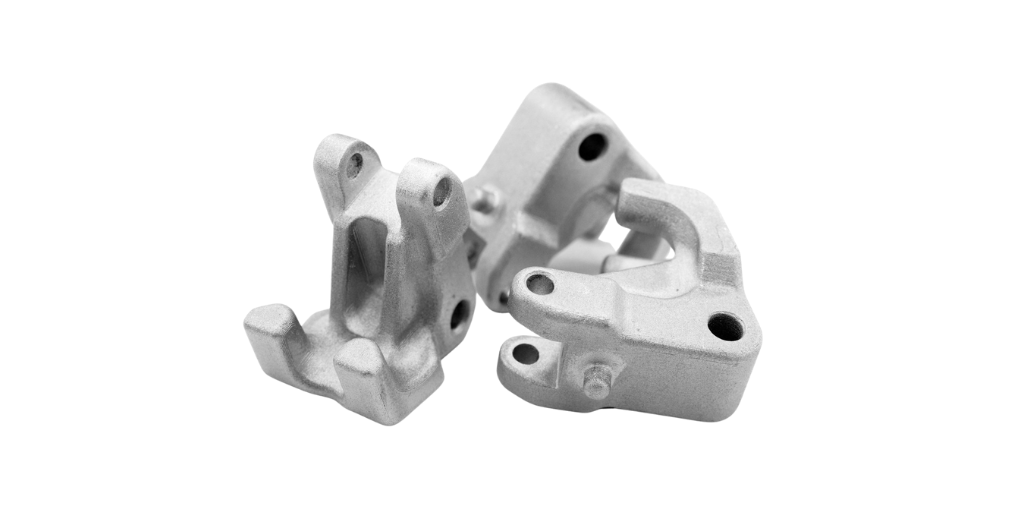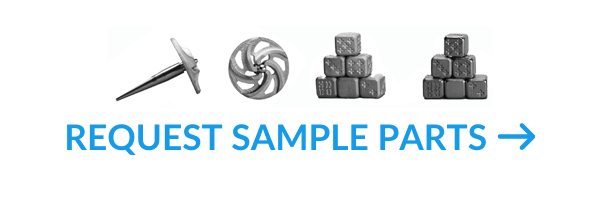Metal 3D printing continues to play a key role in driving innovation within the MedTech industry. The process has three primary advantages over traditional manufacturing techniques:
- Mass Customization
- Lower Cost in Low Volumes
- Design Flexibility and Freedom
The additive nature of 3D printing allows for a device to be fully customized, layer by layer, to fit the unique needs of each patient. At the same time, metal 3D printing can save money over traditional approaches to medical device manufacturing because there are no costly molds or tooling to be purchased upfront. Further, 3D printing can enable unique design features like internal channels that would be expensive or impossible using traditional manufacturing options.
Patient-Matched Devices
Using 3D printing, it is possible to create implants with very tight tolerances to meet the exact size and specification for each patient. By using the patient’s medical imaging data, medical device manufacturers can create devices that exactly match the patient’s anatomy. Device designers can also include internal channels and create surface features to allow the device to more easily bond with the surrounding bone and tissue. Applications include shoulder implants, hip implants, and cranio-maxillofacial devices.
Exo-Skeleton Prosthetic Devices
Traditional methods for fitting prosthetic devices currently rely on molding, casting, and several fitting and adjustment iterations to get a prosthetic that is comfortable for the patient. When combined with 3D scanning methods, metal 3D printing aims to simplify the process. Several projects have been developed, like William Root’s exo-skeleton prosthetic leg. Other areas of development include investigating production of titanium pins to attach prosthetic limbs.
Dental Restorative Products
One of the largest commercial successes for metal 3D printing has been in dental restorative products, such as crowns, moldings, and bridges. Check out this Harvard article on 3D printing metal crowns. Dental products are uniquely suited for the 3D printing process due to their small size, high degree of customization to each patient, and complex traditional manufacturing methods. 3D printed metal dental products can be delivered in a shorter production time, at a lower cost, and in with a higher quality than traditional approaches.
3DEO for Medical Device Manufacturers
Using our Intelligent Layering™ metal additive process, 3DEO helps medical device manufacturers produce 3D-printed components cost-effectively – even in small volume batches. Streamlined design, set-up, and production helps you get your device to market sooner.
{{cta(‘8e2d4675-7c44-4d4b-99af-c8ef1aa04dce’)}}



